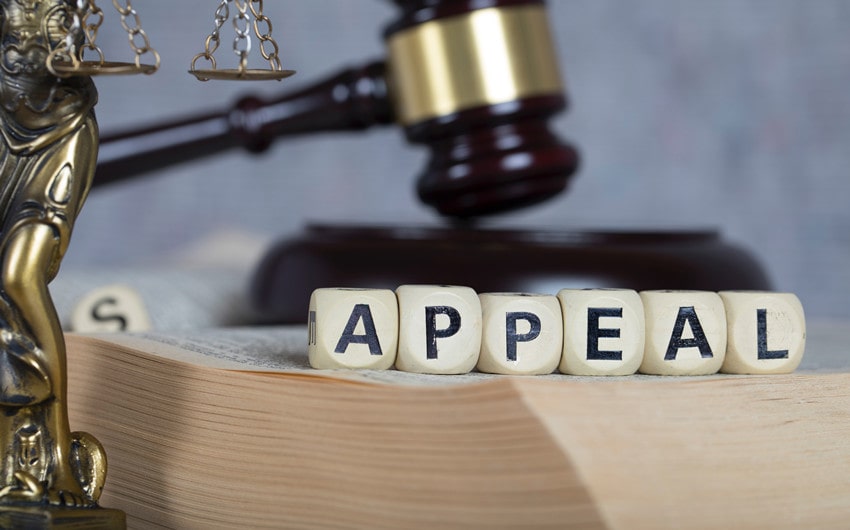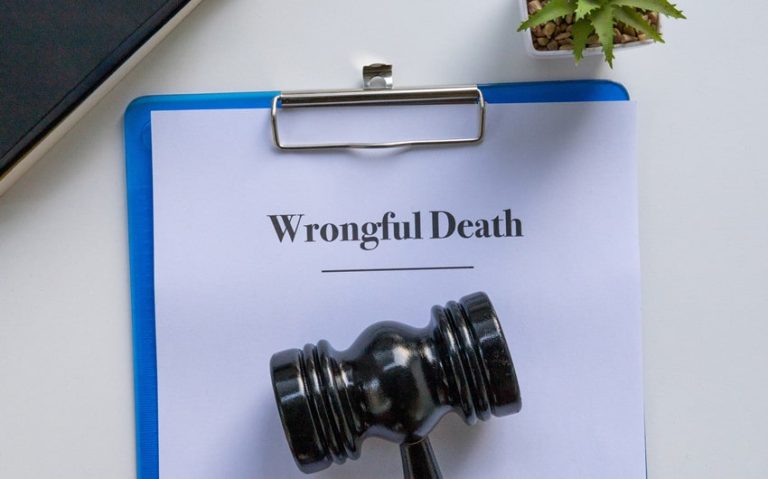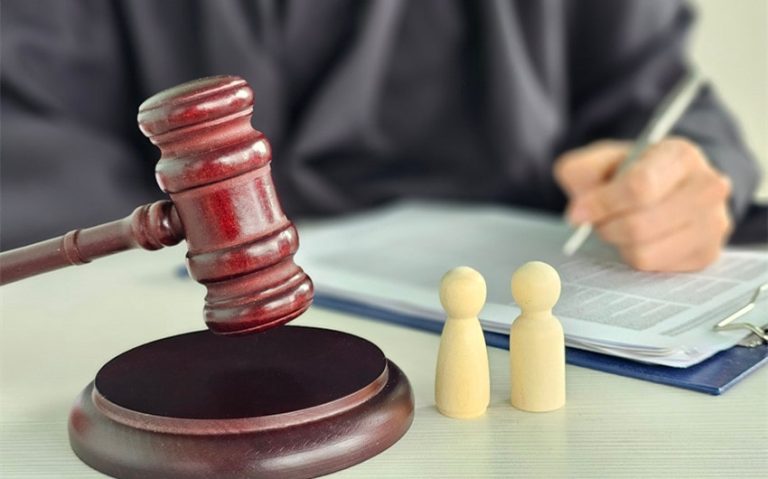Understanding the Appeal Process: What Happens After Your Hearing
Legal and administrative decisions can have a significant impact on your life-whether it’s a ruling on disability benefits, a criminal conviction, a civil lawsuit, or an immigration matter. When a decision doesn’t go in your favor, it can be frustrating or even life-changing. Fortunately, most legal systems offer a safeguard in the form of an appeal process.
But what actually happens after your hearing, and how does the appeal process work? Let’s walk through the key stages of appealing a decision, the potential outcomes, and what you need to know to make informed decisions moving forward. Read on.
What Is an Appeal?
An appeal is a legal process in which a party asks a higher court or administrative body to review a decision made by a lower court or agency. It’s important to understand that an appeal is not a new trial. Rather, it concentrates on the question of whether mistakes were made in legal procedure that had an effect on the result of your case.
Appeals are typically decided based on the existing record of the original hearing, including transcripts, evidence, and written arguments (briefs), rather than through new testimony or exhibits.
Immediate Steps After the Hearing
After your initial hearing, the judge or decision-making authority will issue a written decision. This document outlines the facts of the case, the relevant laws, and how the decision was reached. Depending on the court or agency, this can take anywhere from a few days to several weeks.
It’s crucial to carefully review this decision to fully understand the legal reasoning behind the ruling. You should also take note of whether the decision was unanimous or divided, what remedies or penalties were applied, and what rights you have to appeal the outcome. Most importantly, pay attention to the deadline by which you must file an appeal, as missing this can eliminate your opportunity to challenge the decision.
Notice of Appeal
If you believe the decision was incorrect or unfair, the first step in the appeals process is to file a Notice of Appeal. This document formally notifies the court or administrative agency that you intend to challenge the ruling.
Most jurisdictions have strict filing deadlines, often ranging between 10 and 30 days after the decision is issued. Acting promptly is critical to preserve your right to appeal.
Grounds for Appeal
Not every unfavorable outcome qualifies for appeal. To proceed, you must demonstrate that a legal error occurred that likely affected the result of the case.
Common grounds for appeal include the misinterpretation or misapplication of the law, procedural errors such as being denied the right to present evidence, insufficient evidence to support the decision, abuse of discretion by the judge or agency, or signs of bias or a conflict of interest.
Consulting with a legal professional can help you determine whether your case meets the necessary criteria for appeal. They can explain some options for you, such as what is a supplemental hearing.
The Appeal Process: Step-by-Step
Once the appeal is filed, the involved parties work to compile the record on appeal. This is a complete history of the case from the lower court or agency and includes all:
- pleadings
- motions
- exhibits
- transcripts
This record forms the foundation of your legal arguments and must be both accurate and complete.
Filing Written Briefs
After the record is compiled, both parties submit written briefs to the appellate body. The appellant, or the person filing the appeal, presents arguments on how the lower decision was legally flawed, citing relevant laws, precedents, and sections of the record.
The appellee, or the opposing party, submits a response defending the original decision and explaining why it should remain unchanged. These briefs are critical because appellate judges often base their decisions solely on these written submissions.
Oral Argument (Sometimes Optional)
In some cases, the appellate court may schedule oral arguments, during which attorneys for each side appear before a panel of judges to summarize their positions and respond to questions. While these sessions are typically brief-often between 10 to 30 minutes per side-they can influence the judges’ perspectives, especially in more complex or high-profile cases.
The Decision
After reviewing the record and written arguments, the appellate court deliberates and issues its decision. This process can take several weeks or even months, depending on the court’s caseload and the complexity of the case.
The appellate court has several options when issuing a decision. It may affirm the original decision, meaning the ruling stands without changes. It may reverse the decision, completely overturning the result of the lower court or agency.
In some instances, the court may remand the case, sending it back to the original authority for further proceedings based on specific instructions. Alternatively, the court may modify part of the ruling, such as changing a financial award or adjusting a sentence.
What Happens After an Appeal Is Decided?
If the appellate court rules in your favor, it does not always mean an immediate or complete victory. The court may remand the case for a new trial or hearing, allowing the matter to be re-examined based on corrected legal standards.
In other cases, the appellate court might issue a new ruling that resolves the matter in your favor outright. Either outcome is a significant step forward and often opens up new opportunities for resolution or negotiation.
If the appellate court affirms the original decision, your available options become more limited. In some situations, you may choose to appeal to an even higher court, such as a state supreme court or the U.S. Supreme Court. However, these courts are highly selective and generally only hear cases that present major legal or constitutional questions.
If a higher appeal is not an option or is denied, you might consider filing a motion for reconsideration if new evidence or arguments become available. In criminal cases, post-conviction relief could be pursued, depending on the circumstances. You may also explore opportunities to reach a settlement or negotiate other resolutions.
The Appeal Process as a Safeguard
The appeal process serves as an essential safeguard in the legal system. It ensures that decisions are reviewed for fairness, accuracy, and adherence to the law. While not every appeal succeeds, having the ability to challenge a decision helps maintain accountability and integrity within the justice system.
Understanding the appeal process can help you navigate the road ahead with greater confidence. Always consult a qualified legal professional to assess your options, evaluate your chances of success, and guide you through the complexities of appellate procedure.
If you want to read more articles, visit our blog.







